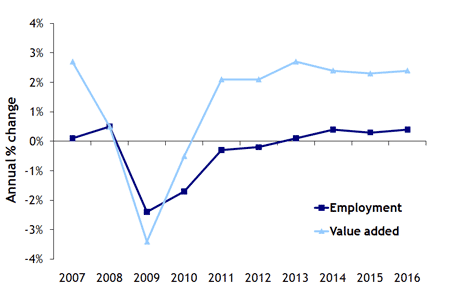Brian Higgs from Dudley Metropolitan Borough Council gave a presentation about the importance of geographical information (GI) at the Geographical Information Day, hosted by the Observatory on 18th November 2009.
Brian introduced the concept of geographical information and demonstrated practical examples of how GI is used within Dudley MBC. Here’s Brian’s presentation which includes the audio and slides:
Can’t see the presentation? View the video on Viddler.com or get the PowerPoint slides (ppt, 12.7mb).
Filed under: Dudley, Events, Geographical Information | Tagged: Dudley, Geographical information, geographical information systems, geography, gis, gisday, West Midlands | Leave a comment »




 The latest
The latest  This guest post was contributed by Christopher Styche from the
This guest post was contributed by Christopher Styche from the  This is a guest post written by
This is a guest post written by 



